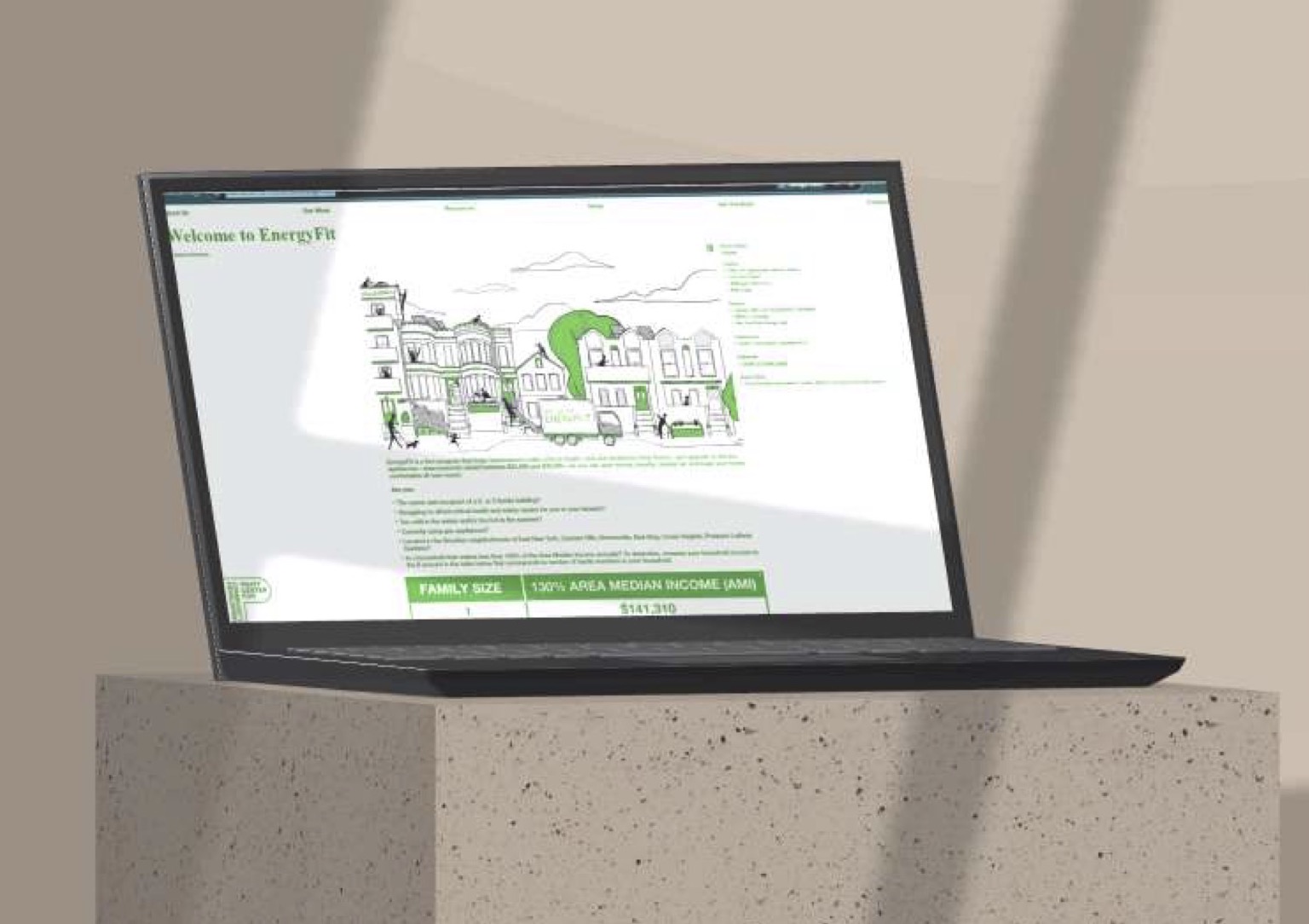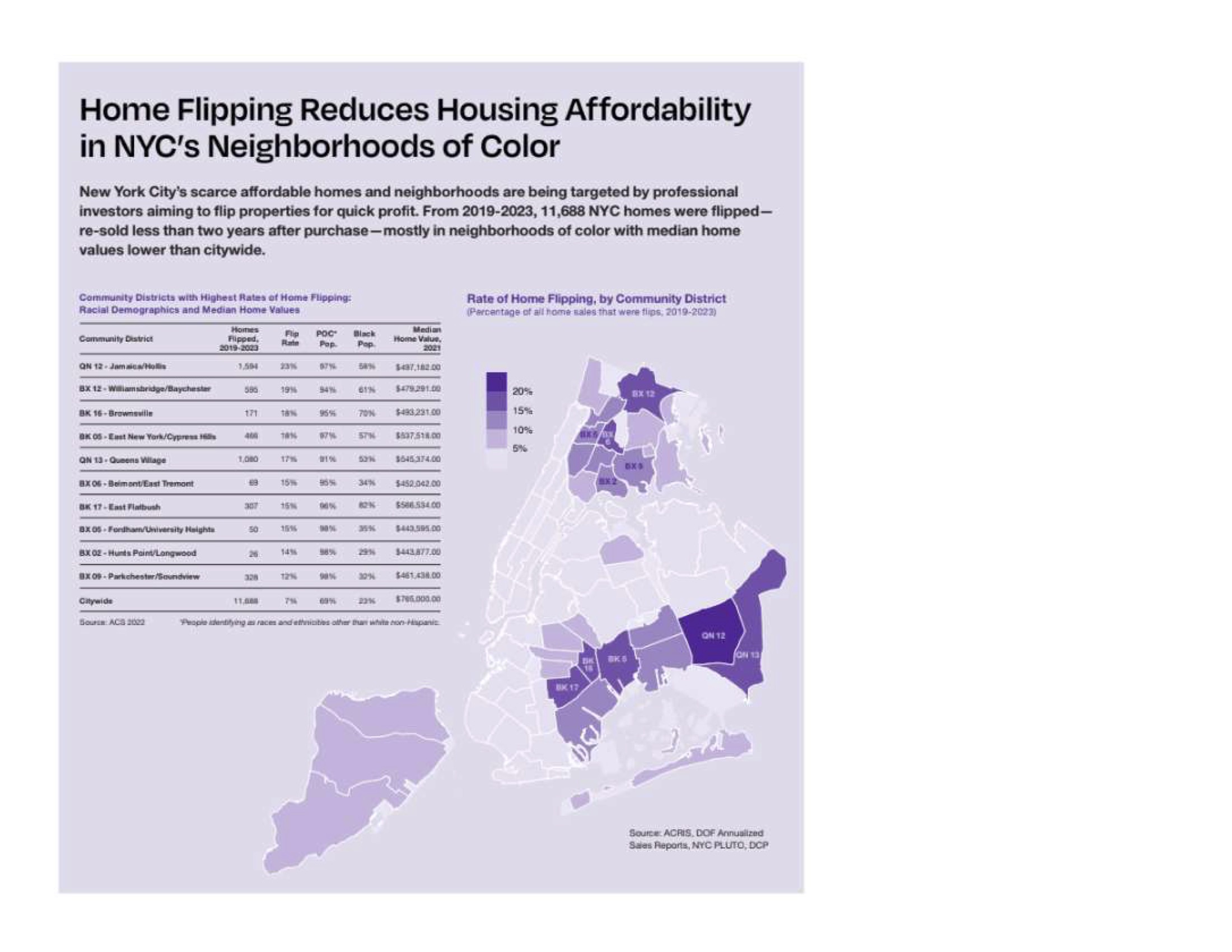Affordability and sustainability of NYC’s small homes




"For over 60 years, Pratt Center for Community Development has sought to build a more just, sustainable and equitable NYC by building deep and long-term partnerships with frontline community groups and providing technical expertise. A core area of our research and programmatic work is the affordability and sustainability of small homes in New York City’s low- and moderate-income communities of color. Our exhibition would highlight our small homes work, conducted in partnership with community organizations, including:
-EnergyFit, an ongoing energy equity research effort focused on ensuring NYC’s low-income residents of 1–4 family buildings benefit from the clean energy transition. This demonstration project streamlines prior learnings and new policies from typically disparate home repair, energy efficiency retrofit, and electrification measures into a holistic model. The goal is to model a program design solution, utilizing robust in-the-field data collection and grounded in local community-informed design, to improve clean energy access.
-Flipping Out, a report featuring original analysis of home flipping in New York City from 2019-2023 and its racial and housing affordability impacts. This research, conducted in partnership with the End Toxic Home Flipping Coalition, is informing policy advocacy efforts to prevent displacement and preserve affordability in NYC.
By presenting EnergyFit and Flipping Out reports and toolkits, alongside representatives of community partners Cypress Hills LDC and IMPACCT, our exhibition will demonstrate not only our findings for advancing small homes affordability and sustainability but also our approach to long-term community partnerships and community-engaged research. "